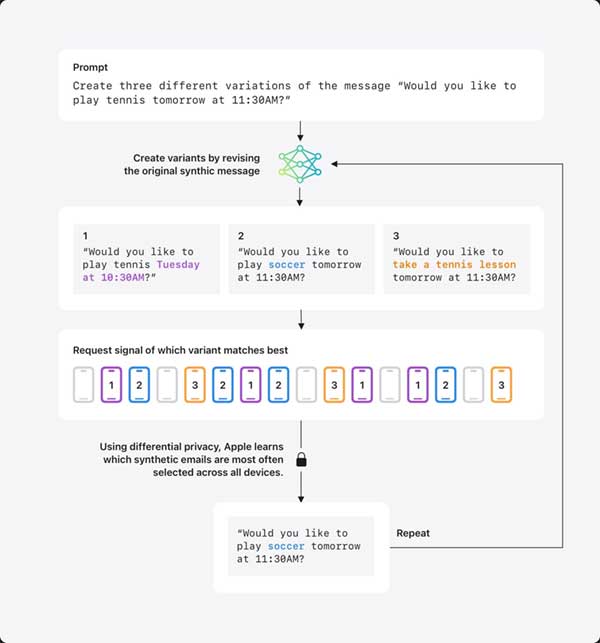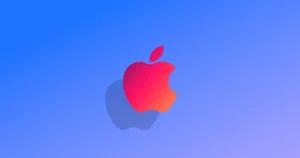Let’s be honest—nothing triggers the side eye quite like the idea of a tech giant poking around your emails. And when the words “Apple,” “AI,” and “user data” show up in the same sentence, even Siri starts sweating.
So, here’s the scoop: Apple recently hit pause on launching its souped-up version of Siri—you know, the one that’s supposed to be smarter and maybe slightly psychic. But as Apple gears up for its “Apple Intelligence” era, it’s also rethinking how its AI learns to be helpful… without being a privacy nightmare.
Now Apple normally trains its AI using synthetic data. This could be fake messages like “Want to play tennis tomorrow at 11:30AM?” that never actually came from a real person. It’s a clean, drama-free method, but it has limits. Fake data is great at saying stuff—it’s just not great at saying the right stuff, especially when it comes to summarizing actual human-length emails that ramble on about calendars, coworkers, and cats.
To make its AI better at understanding how we really write (without turning into a creepy digital peeper), Apple is rolling out a new method as picked up by Bloomberg. And before you panic: No, it’s not reading your emails, it’s just… comparing vibes.
Here’s how this vibe-checking magic works as highlighted by Apple in a blog post:
- Apple creates a giant pile of fake emails on all kinds of topics—sports, meetings, that awkward email to your neighbor about the noisy dog.
- Each of these fake messages is turned into something called an embedding. This is basically a mathematical fingerprint that captures what the message is about, how long it is, and what kind of language it uses.
- These embeddings are sent to a small group of iPhones and Macs owned by users who’ve opted in to share anonymized analytics. (Shoutout to the brave few.)
- These devices (not Apple) then compare the fake email fingerprints to recent real emails on the device. If something matches the vibe—say, you emailed your friend about pickleball and Apple’s fake email mentions tennis, your phone quietly notes it.
- Using something called differential privacy (a fancy way of saying “we blur things so we can’t trace anything back to you”), Apple gathers only the most popular synthetic message vibes, without knowing which user selected what.
- Apple then takes the most popular vibes and tweaks them: maybe it replaces tennis with basketball, or changes “tomorrow at 11:30AM” to “next Tuesday at 4.” Voilà—better synthetic emails for training, with nobody’s real inbox being exposed.

The end goal? A smarter Siri and better email-related features like summaries and writing tools, all while keeping your 2AM rant about your boss strictly between you and your keyboard.
This new system is expected to roll out in beta versions of iOS 18.5 and macOS 15.5. Until then, rest easy knowing your inbox is still mostly yours—even if Siri is low-key practicing how to talk like you.
The 404 take on this:
To be fair, this is one of those rare moments where AI development doesn’t immediately sound like a Black Mirror episode. Apple’s synthetic-data-plus-vibe-check combo might not be perfect, but it’s a step in the right direction: smarter tools, without sacrificing what little privacy we still cling to.
Still, if Siri starts asking me about my weekend tennis plans, I might start getting suspicious.







Comments